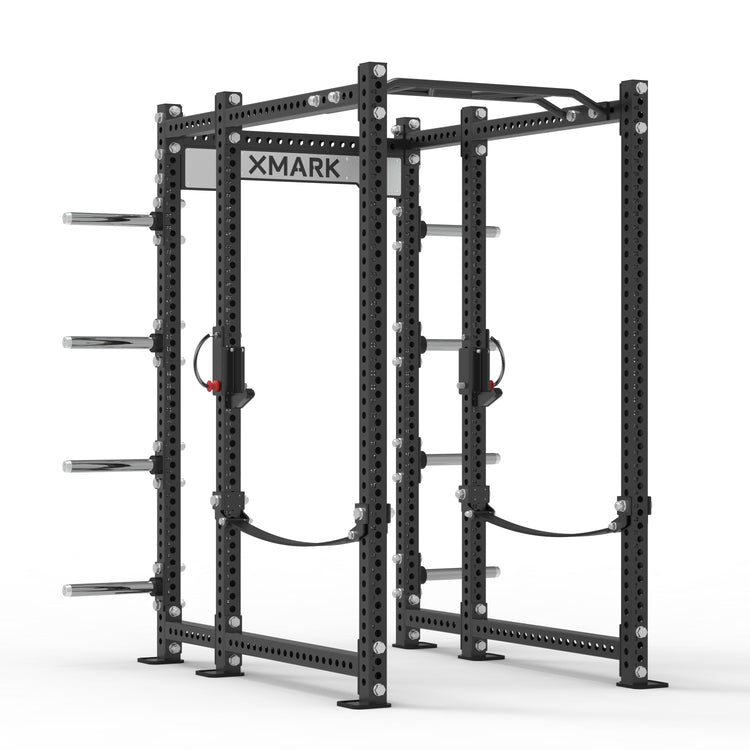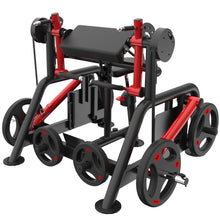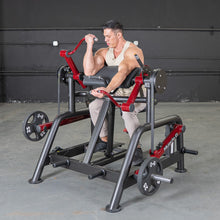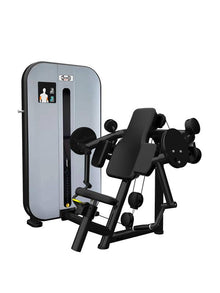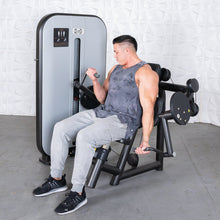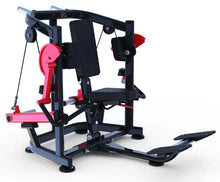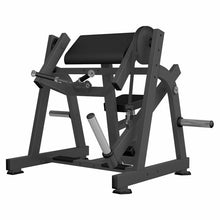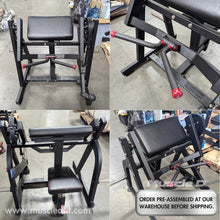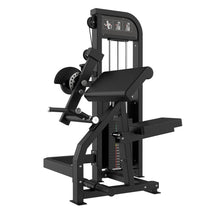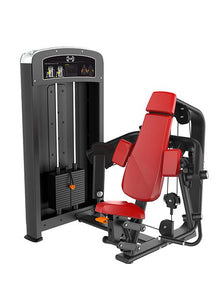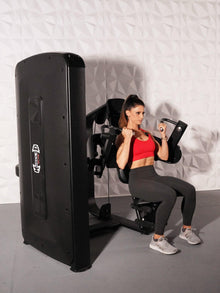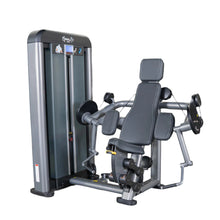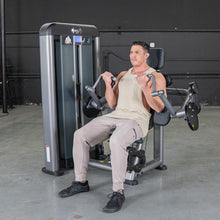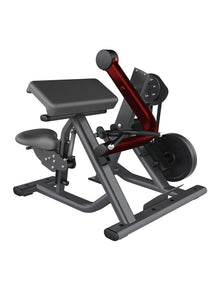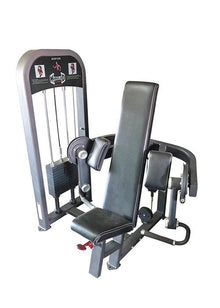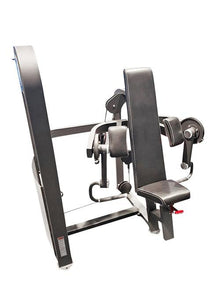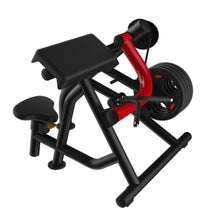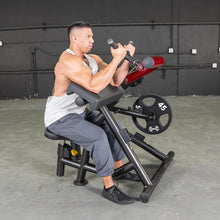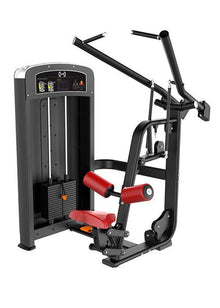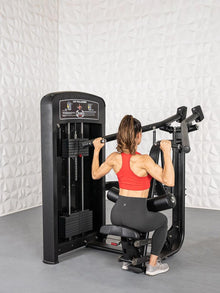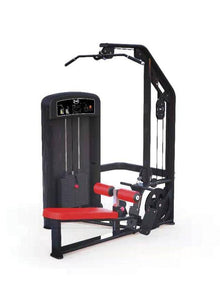Build Muscle: The Right Tools for Hypertrophy That Actually Moves the Needle
Whether you’re dialing in a garage gym or upgrading a training studio, this collection is curated for lifters who want measurable hypertrophy—progressive overload, tight setup, and zero-drama ergonomics. Start with your anchor: a power rack for barbell compounds or a functional trainer for cable-driven volume and joints-friendly paths. Then layer the essentials: a high-capacity FID bench, dumbbells for accessory work, and a bar + plates for heavy sets.
Key specs that matter when choosing: steel gauge & upright size (stability), stack weight & pulley range (cable work), hole spacing & safety style (barbell work), weight capacity (bench), footprint & ceiling clearance (fit), and tactile details (knurl, urethane vs. rubber).
Quick Compare: Best-Selling Muscle Builders
| Model | Type | Decisive Specs | Footprint / Height | Why it wins |
|---|---|---|---|---|
| XMARK Viper Power Rack w/ Storage & Strap Safeties | Power Rack | 3″×3″ 11-gauge; 1″ holes @ 2″ spacing; strap safeties; J-cups (1,000 lb); stainless storage posts; laser-numbered uprights | W 48″ · H 90″ · Depth options 24–42″ | Ultra-stable barbell hub with integrated plate storage; straps protect bars and shins. |
| PRx Fold-In ONE Rack | Wall-Mounted, Fold-In | Folds flat; mounts to 16″/24″ studs; includes hardware; unit wt ~119 lb | Min ceiling 91″; stows against wall | Real rack strength without the ceiling height penalty; perfect for tight garages. |
| Body-Solid Pro ClubLine S2FT Functional Trainer | Functional Trainer | Dual stacks: 160/210/310 lb; ~34 pulley positions; 180° swivels; 2″×3″ 11-gauge | 54″L × 79.4″W × 99″H | Cable volume, angles, and micro-loading for joint-friendly hypertrophy blocks. |
| XMARK Ox Series Adjustable FID Bench | Bench (Flat/Incline/Decline) | 1,500 lb capacity; 7 back angles (-20° to 85°) + 3 seat angles; 11-gauge 2″×3″; wheels | 45.5″ × 22.5″ × 19.25″ | Rock-solid under heavy dumbbell and barbell presses; fast ladder adjustments. |
| XMARK Round Commercial Urethane Dumbbells (Sets) | Dumbbells | Sets 5–50 or 5–75 lb; CPU urethane; ±2% tolerance; hard-chrome straight handles (≈1¼″ to 1⅜″); welded heads | Rack optional; commercial finish | Durable, low-odor urethane with comfortable knurl for high-volume accessory work. |
| XMARK Texas Star Olympic Plates & Bar Sets | Bar + Plates | Sets 155/205/255/365 lb; 2″ plates; balanced breakdowns; Olympic bar included | Plates + bar; collars sold separately | Turnkey progression for squats, presses, and pulls—day-one to strong. |
| Muscle D 30° Linear Hack Squat | Plate-Loaded Machine | Max load 900 lb; linear bearings; 30° sled angle; integrated plate storage | 64″L × 28″W × 87″H · ~500 lb | Quad-dominant mass builder with spinal support for brutal, safe volume. |
Tip: Anchor your program around 1–2 “big rocks” (rack or functional trainer), then expand with a bench, dumbbells, and specialty legs to drive weekly volume.
Build-Muscle FAQ
How do I choose between a power rack and a functional trainer?
Pick a power rack if you center training on barbell compounds (squat, bench, deadlift) and want the highest absolute loading and stability. Choose a functional trainer if you prioritize cable volume, constant tension, and joint-friendly angles, or if multiple users need fast exercise swaps.
What specs matter most for muscle growth equipment?
Racks: upright size & steel gauge (e.g., 3×3, 11-gauge), hole spacing, safety style. Functional trainers: total stack weight per side, pulley travel & positions, smooth swivel. Benches: tested capacity, back/seat angles, pad stability. Dumbbells: weight tolerance and urethane durability. Space: footprint and minimum ceiling.
What’s a smart starter kit for hypertrophy?
A rack or functional trainer as the anchor, a 1,000+ lb-rated FID bench, a dumbbell set to 50–75 lb, plus a 205–255 lb plate set and quality bar. That covers heavy compounds, cable isolation, and progressive overload for months.
Do urethane dumbbells really matter vs. rubber?
Urethane is tougher, more abrasion- and odor-resistant, and keeps its finish longer—ideal for higher-end home gyms and studios. Rubber is fine, but urethane looks and lasts better under volume.
What ceiling height and footprint should I plan for?
Standard full racks often sit ~90″ tall; allow a couple inches above for pull-ups and overhead work. Fold-in wall racks can work with ceilings as low as ~91″. Functional trainers tend to be tall—measure both height and width (pulleys need side clearance).
How should I program for hypertrophy with this gear?
Use 8–20 reps per set, 10–20 hard sets per major muscle per week, and progress loads or reps weekly. Pair barbell compounds with cable/dumbbell accessories, train 2–4 times per week per muscle, and deload every 4–8 weeks.
